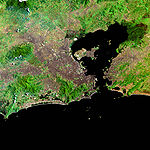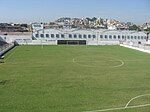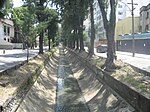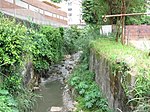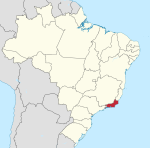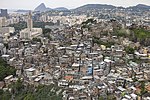Novo Rio Bus Terminal
1965 establishments in BrazilBrazil transport stubsBrazilian building and structure stubsBuildings and structures completed in 1965Bus stations in Brazil ... and 1 more
Public transport in Rio de Janeiro (city)
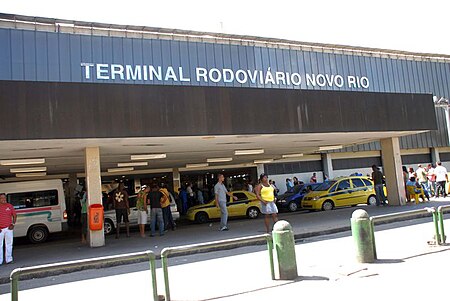
Novo Rio Bus Terminal (Portuguese: Terminal Rodoviário Novo Rio) is the main bus station in Rio de Janeiro, Rio de Janeiro State, Brazil. The terminal was constructed in 1965 and was built for the proximity to Centro and key routes in and out of Rio de Janeiro.
Excerpt from the Wikipedia article Novo Rio Bus Terminal (License: CC BY-SA 3.0, Authors, Images).Novo Rio Bus Terminal
Avenida Francisco Bicalho, Rio de Janeiro Santo Cristo
Geographical coordinates (GPS) Address External links Nearby Places Show on map
Geographical coordinates (GPS)
| Latitude | Longitude |
|---|---|
| N -22.8993 ° | E -43.2089 ° |
Address
Rodoviária Novo Rio (Rodoviária do Rio de Janeiro)
Avenida Francisco Bicalho 1
20220-250 Rio de Janeiro, Santo Cristo
Rio de Janeiro, Brazil
Open on Google Maps
